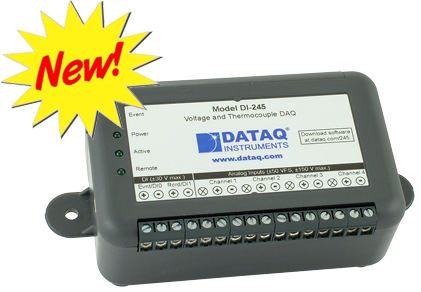Mity Eltu
Member
I have a circuit consisting of the following components: Doble current source set for 30A and a low impedance shunt. This is a fuse testing rig. The shunt is for ensuring that the current is very close to the rated current of the fuse. Voltage measurements are taken across the shunt. Temperature measurements are taken from the fuse to deterine thermal stability of the fuse during testing. I have been asked to find a method for data acquisition that will aloow us to measure the temp and the voltage on a bulk basis so that multiple fuses can be poled and the data collected without the need for a technitian to stand there for 30+ minutes taking data.
Here's the problem. If the fuse opens, the voltage at the shunt will be upwards of 1000V. I do not know how to properly isolte this from my measurement circuit, which I am figuring to be a 16:1 multiplexer, into a PIC microcontroller. The temperature signal can be amplified easily and fed through the multiplexer to the micro without a problem, but the voltage at the shunt could easily blow apart anything I have thought of so far.
I don't know much about electrical isolation aparently. Is there a way of attenuating this very high voltage such that it will not introduce a high voltage on the fuse during testing and be able to withstand the high voltage if the fuse should open? I'm drawing a blank on how to make this happen without the use of a current transformer, which will make this project too cumbersome and costly.
Any ideas?
Here's the problem. If the fuse opens, the voltage at the shunt will be upwards of 1000V. I do not know how to properly isolte this from my measurement circuit, which I am figuring to be a 16:1 multiplexer, into a PIC microcontroller. The temperature signal can be amplified easily and fed through the multiplexer to the micro without a problem, but the voltage at the shunt could easily blow apart anything I have thought of so far.
I don't know much about electrical isolation aparently. Is there a way of attenuating this very high voltage such that it will not introduce a high voltage on the fuse during testing and be able to withstand the high voltage if the fuse should open? I'm drawing a blank on how to make this happen without the use of a current transformer, which will make this project too cumbersome and costly.
Any ideas?


